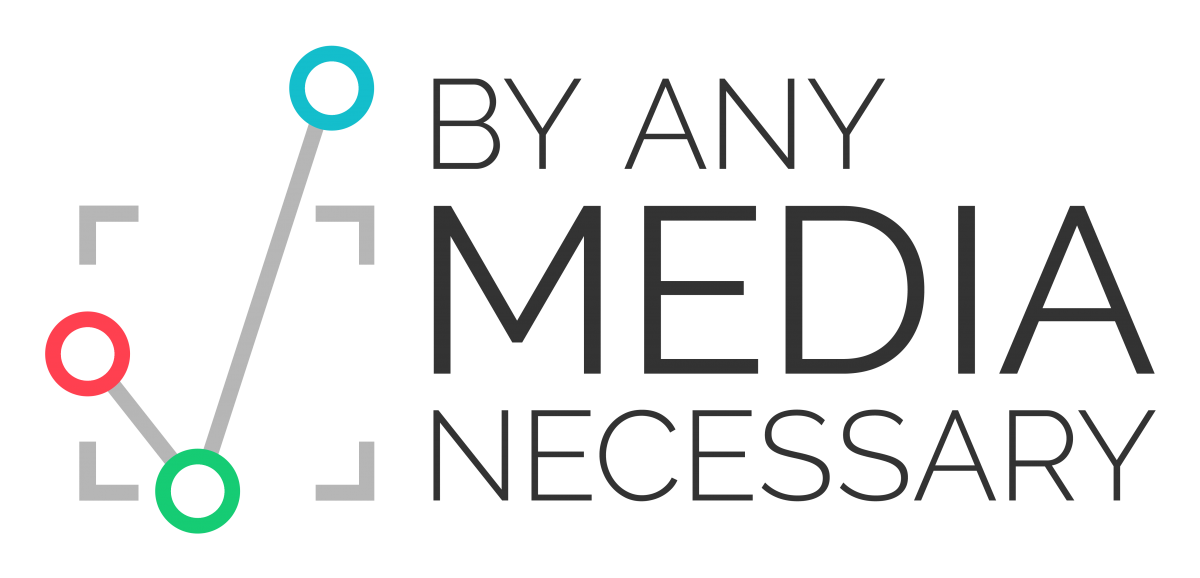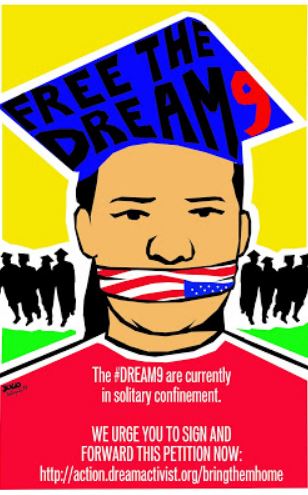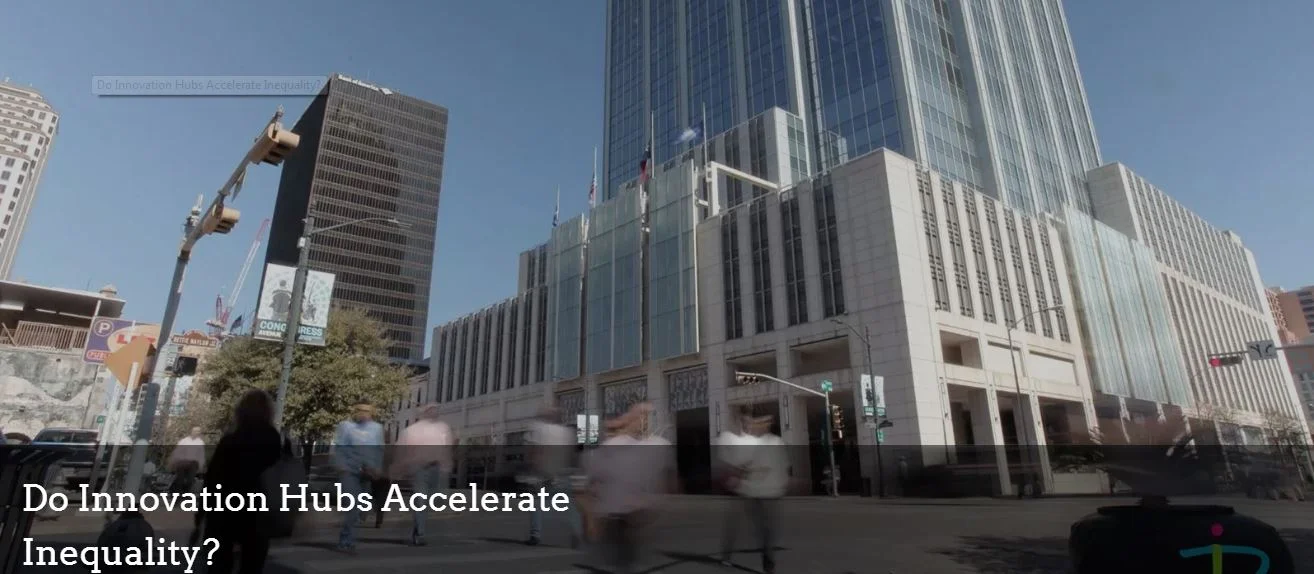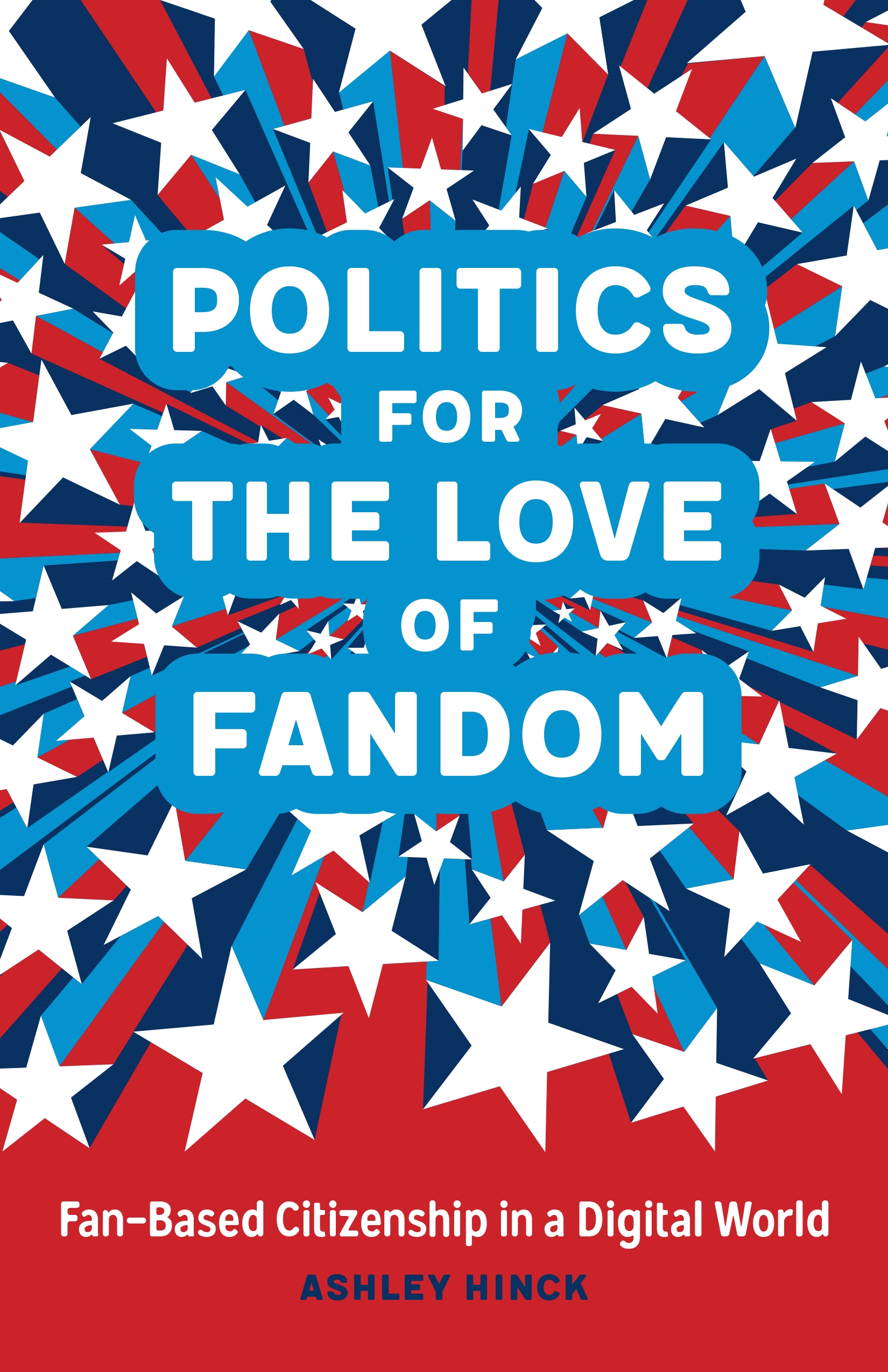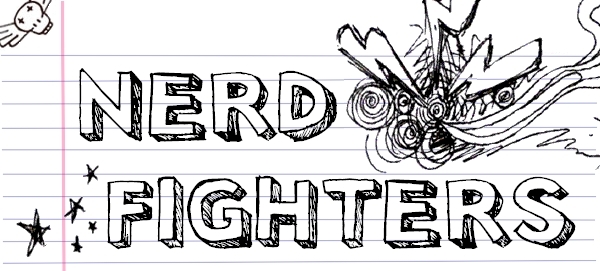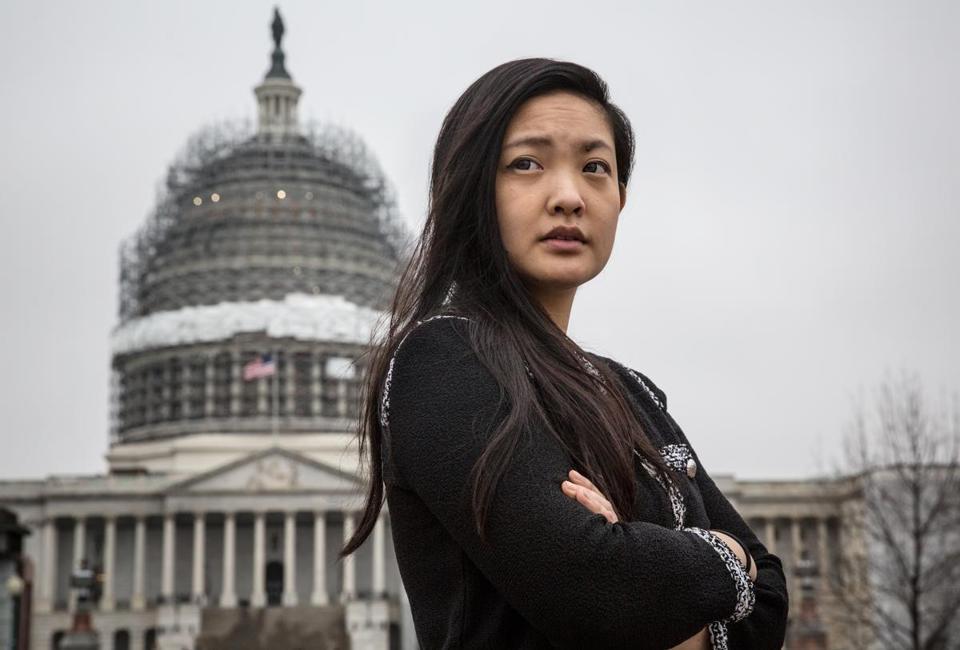Anime For Humanity: Interview with Aman Dhawan and Jessica Yang
/We will continuing our conversations about Participatory Politics in an Age of Crisis next week but today we are sharing the first of a series of interviews students from our Civic Paths research group are doing with activist groups who are creatively deploying participatory politics tactics via their work. Today’s interview was conducted by Jessica Yang with Aman Dhawan, the Media Relations Strategist at Anime For Humanity. For a Russian translation of this post, see this.
Anime for Humanity is a charity non-profit organization that aims to reduce the stigma surrounding mental health and mental illness through the media of anime and video games. The organization primarily attends anime and game conventions to reach out the communities there and provide a safe and open space for talking about mental health. Their projects range from game streaming to raise awareness to giving out therapy kits with various anime goodies and information on mental health resources. Anime for Humanity aligns closely to the concept of participatory politics (as defined by Joe Kahne) in their emphasis on fellow fans helping out each other. Their use of pop culture and media content as a medium for inciting change is a prime example of the civic imagination, allowing anime and video games to drive the vision of a better tomorrow.
Interview
Jessica
What is Anime for Humanity’s mission statement and major projects?
Aman
Anime for Humanity’s mission statement is to spread awareness for mental health and mental illness through the use of anime, manga, video games, and cosplay. We go to Anime Expo and all the other big anime and gaming conventions to provide a space where people can talk about what they’re going through and to maybe try to find a way to help them find help. It might be easier for them to open up in that kind of environment where they’re more comfortable. We want to be able to say, “Hey, we can relate to you. We can use anime to connect.”
Jessica
Could you describe the inception of the organization?
Aman
The way Anime for Humanity started was through Ben*, who was already used to getting people involved in groups. He thought, “Hey, why don’t I try to do something to bring awareness to a bunch of different people?” We started off small-scale, but then we had so many people get involved, hundreds and hundreds of people showing up because they all said, “This is a great thing. There’s nothing like this for us in the community.” Since that day, Ben made it his mission to try to push the idea of Anime for Humanity to as many places as he could, and he did so by going to more Cons. There were small cons, then we went to bigger cons like TwitchCon, QuakeCon where we can have a much more of an influence. We also try to switch things up, such as try different events, AniMay, and QuickSave. We try to partner with different organizations like with Microsoft: we did a little Fortnite competition in Florida, we will be doing one at New York soon, by the end of the year. These partnerships provide a platform to spread awareness from. We create a fun experience but also help people understand that if they’re ever going through a hard time, there are a lot of people here who would be happy to assist them and who could relate to them because they share the same interests. [*Ben Amara is a Licensed Counselor, a Holistic Health Coach, and full a time anime fan. In 2015, he founded an Anime Club in Little Tokyo LA. His ambition to use anime as a tool to help others and advocate for mental health gave birth to a charity non-profit organization called Anime For Humanity.]
http://henryjenkins.org/blog/2019/4/9/anime-for-humanity-interview-with-aman-dhawan-and-jessica-yang
<a href=”https://edubirdie.com/translations/anime-for-humanity/”>Russian</a> translation
Jessica
What motivates the organization to go to anime and game conventions? What are some activities you do at the conventions to raise awareness? What are the names of some of the conventions you attend?
Aman
In my work, I am trying to increase the number of Cons we go to on the East Coast, since we already have a decent presence on the West and the South. In the East, there is Anime West-Con, PAX East, New York Comic Con. I know, as a New Yorker, that there are plenty of people who would be more than happy to have this kind of opportunity.
The conference is probably the best way to reach out to as many people as possible at one time. However, we are trying to incorporate new things like a kit giveaway. One of our initiatives is creating a mental health anime kit. It contains some funny anime goodies and a few resources and services people can call if they need to talk to someone. The kits are currently undergoing some changes, we are adding more stuff to it, since we have been working with Funimation. I’m not 100% sure what will be in the new kits, but there are things like a fortune cookie with an anime quote inside to get people’s hopes up. There are a bunch of different anime stickers, keychains, et cetera. Then, of course, we have some information on Anime for Humanity. On the back of that, we have information for different hotlines for people who are going through some struggles and who want to talk to somebody.
Usually, we bring the kits to a Con but with the new giveaway, we’re going to give away 1,000 free kits to people who signed up. And maybe the kit is not just for them, maybe it’s for somebody they care about because sometimes it’s harder for the person who’s going through the depression and anxiety to reach out. A loved one can say, “Hey, let me get this for you and hopefully that helps you out.” So, it’s not just reaching out to people who are going through mental health issues but it’s to their family and friends too. In terms of responses, people would come back saying, “Hey, your kit helped my friend out a lot, can I get another one for another friend of mine?” At every Con we go to, we have pretty much run out of kits each time. Even if somebody is taking the kit for a friend or because they think it’s something cool, that’s still another person who can spread the word. It means a lot to the team when people remember or recognize Anime for Humanity. Word of mouth is always going to be the most powerful form of marketing and spreading awareness. So far, we’ve given out more than 10,000 kits and mental health resources. That’s over 10,000 people, which is pretty awesome. And I love being part of this process. I’m an otaku, an anime fan, myself and I love being able to use my passion to try to help people.
We tried to include things in the kit that would be inspiring and helpful. The fortune cookie with the anime quote inside of it was something that I thought we should try to do and now we are doing it. Being able to relate to someone, seeing them go through something difficult, even if they’re not real and is a character, means something. They could just be an anime character, but if they were able to persevere and overcome obstacles, then we thought their quotes would resonate with everyone a lot more than a regular fortune cookie with a random fortune in it. We want to make sure that the kit is targeted to the anime community because we saw that nobody was targeting this community.
Jessica
I noticed that on the organization’s website that you reach out to both the anime and gaming communities. Do you see these communities as the same or different?
Aman
While we do conceptualize these two communities differently, we believe that there is also a decent amount of overlap between the groups. At Cons, for example, there are a lot of games there as well as anime. We do have people on the team more focused on gaming. We do have events like QuickSave and the Fornite competition where we partnered with Microsoft. A lot of the people who volunteer with us are also Twitch gamers, and we are planning to add more content to the Twitch for the Twitch gamers who are more comfortable on that platform. They get to play games together with their viewers and spread awareness that way. Being able to reach out on Twitch is much more interactive. You can talk directly with everybody at the same time.
For anime watchers, on the other hand, our outreach is based on the content of the anime. Understanding the different aspects of anime that works and doesn’t work, the industry, the genres, these are more valuable than being able to stream about anime or using a podcast format, which is something we are working on as well though. With the podcast format, you can’t talk about mental health in real-time like in games, but you can bring up those concerns and also announce the Cons we will be attending. For me, however, I feel like fans are much more open to talking and interacting for a longer period of time when they meet someone else who watches anime too. For gamers too, this is a similar concept. As long as you have a common point of interest, that is all you need for either community to open up.
Jessica
I understand that sometimes anime and video games will come under critique for showing explicit material and exploring dark themes. How does Anime for Humanity feel about exposing people to that type of content?
Aman
When using games and anime as common ground, however, we do understand that video games and anime can contain dark themes as well. There are many anime that show mental illness, suicide, and a lot more, and there are people who still like those anime. I, personally appreciate it when those anime are brought up because it does present the issue right in the viewer’s face. They can’t just ignore it, it’s there. The characters might be going through these tough times and they are contemplating difficult situations. I do understand that in the West, we are used to a different context of media consumption and we might be uncertain about whether we want to incorporate these themes into our media. We realize, for example, that there is a lot of censorship on videogames that come from overseas to America. As an organization as well, it’s not a one size fits all situation. I, for one, am perfectly fine with talking to someone about darker anime if they bring it up, but I can’t say that for everyone.
Jessica
How do you conceptualize civic duty in your work?
Aman
In the end, I think that any non-profit charity organization will have as their basis a sense of civic duty and a desire to help people out. We are here to try to further our civic duty of helping our fellow person, someone that could remind you very closely of yourself. We want to create an open and safe environment where people feel comfortable to talk about whatever they think could be harming them or could be a problem for them.
Jessica
Where would you like Anime for Humanity to be in 20 years? What would you want to accomplish?
Aman
Idealistically, 20 years from now, there would be no more need for Anime for Humanity. I hope that we will have solved the problem and that mental health is something that everyone is knowledgeable of. If that does not happen, then, realistically, I would want us to be able to spread awareness worldwide. There are anime fans everywhere, not just in America. Our goals are to reach out to as many people as we can and help them find healing, to create new projects that can incorporate many different kinds of people, people who may not have ever met each other before. It does not have to be someone working or volunteering with Anime for Humanity, but someone who is a fan of our mission and wants to help. Just creating that kind of open environment, I’d say, would be my personal goal for the organization.
Jessica
Is there anything else you would like to say to those seeing this interview and wanting to learn more about Anime for Humanity?
Aman
If you do go to a Con or you see us anywhere, feel free to reach out and talk to us. It doesn’t have to be about mental health and mental illness; if you want to help, we’d be happy to find a way for you to get involved, such as be an ambassador or something like that. It’s also okay to reach out to your fellow fans. We’re just like you. Everybody’s just like you. We’re all just anime fans and gamers, so please reach out.
__________
Aman Dhawan is the Media Relations Strategist at Anime For Humanity.
Jessica Yang is a Masters of Arts student in the Cinema and Media Studies department at the University of Southern California.







